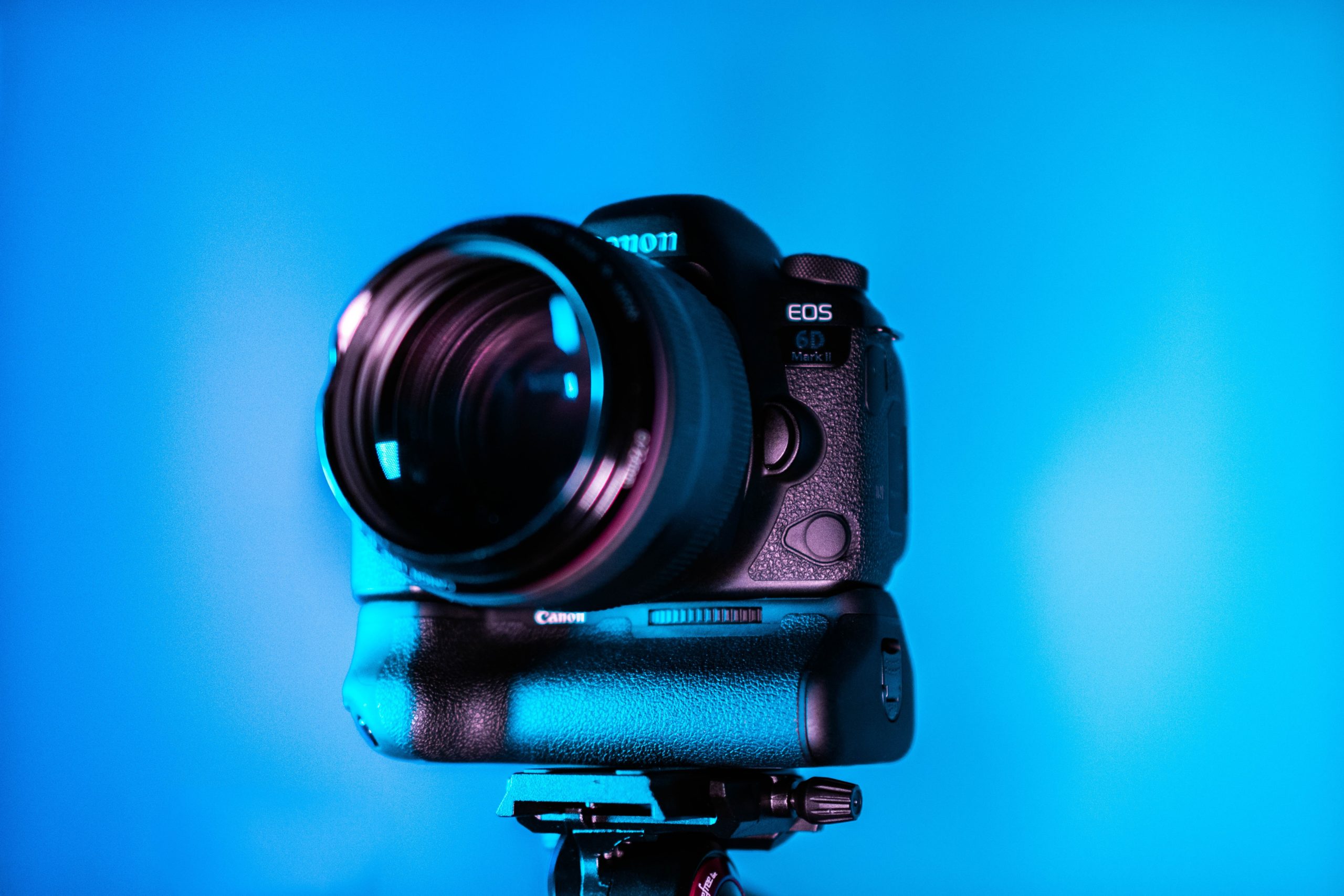Choosing the right camera shot can elevate a normal scene to one that has an impact worthy of your story and your actors. Here are some of the most common camera shots in film and when is best to utilize each.
Close Up
Like the name suggests, this shot focuses on a person or object at a close range. The subject normally takes up the entire frame, and is extremely effective at showing a person’s emotions or indicating to the audience what to pay attention to. While it makes sense to use close ups for human subjects, you’ll be surprised how often a close up of an object can have a similar impact. Think of the camera lingering on an ominous object after the characters leave the room.
Medium shot
This camera shot is often used during a back and forth dialogue, it allows for body language to be seen, and for the environment and setting to play a factor in your scene. You can consider this to be the most used shot for most purposes as it is fairly neutral and gives plenty of context for your scene.
Wide/long shot
Most often used as an establishing shot for a film or scene as it often includes the characters with a clear view of their surroundings. The use of long shots can also have a particular effect of loneliness or give a sense that the viewer is looking in from the outside.
You’ll find this camera shot often in travel vlog videos that tend to use epic drone shots of beautiful landscapes. Most drones use a “wide-angle lens” to best capture the most information in one frame.
Over the Shoulder
Usually seen during a dialogue between two individuals and helps establish the eyeline of each character. You can also play with the speed with which the angles change to create a more intense feeling or sense of urgency.
This camera shot is effective with introducing a new element in the background by playing with changes in depth of field (bringing something out of focus, into focus). For example, picture a couple having a heated argument about a third character. Just as “Jane” with her back to the door says something horrible about the third, “John’s” focus shifts from Jane to the third character, who we see has suddenly entered the room.
One-shot / Long Take
The one-shot is when there are no cuts through an often dynamically changing scene. This specialty shot takes extreme coordination on both the filming side and the actors. While most times it may go unnoticed, when the viewer realizes that there hasn’t been a cut, it can create an intense feeling of growing tension or anxiety.
Popular movies that use this technique include “Birdman”, “Victoria”, and one of the most epic scenes in the film “Children of Men”. Fans of the Marvel series Daredevil on Netflix, will be familiar with the one-shot fight scenes that appear once every season.



